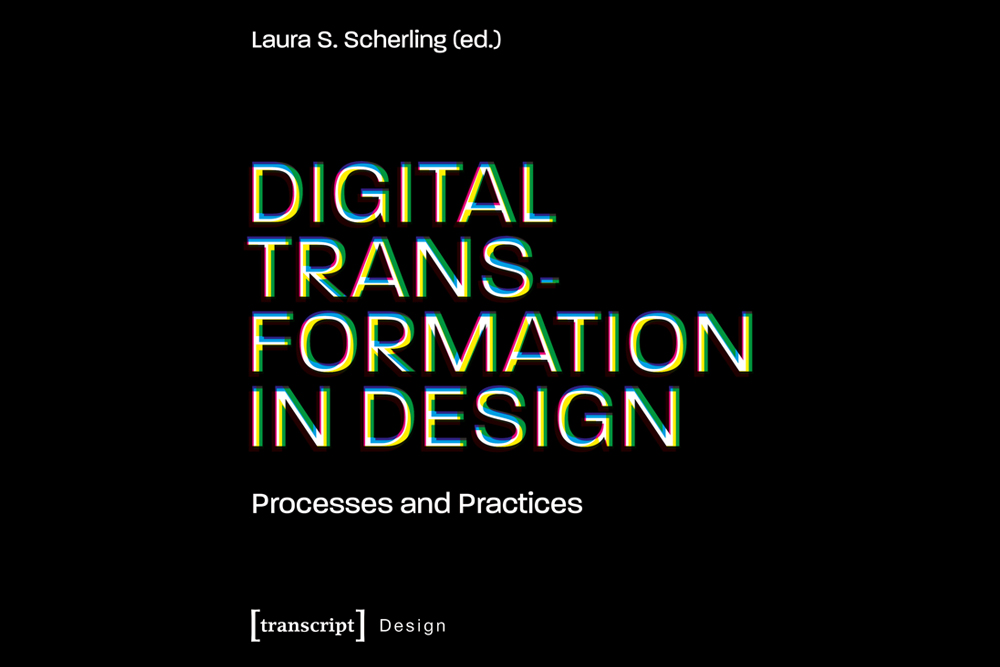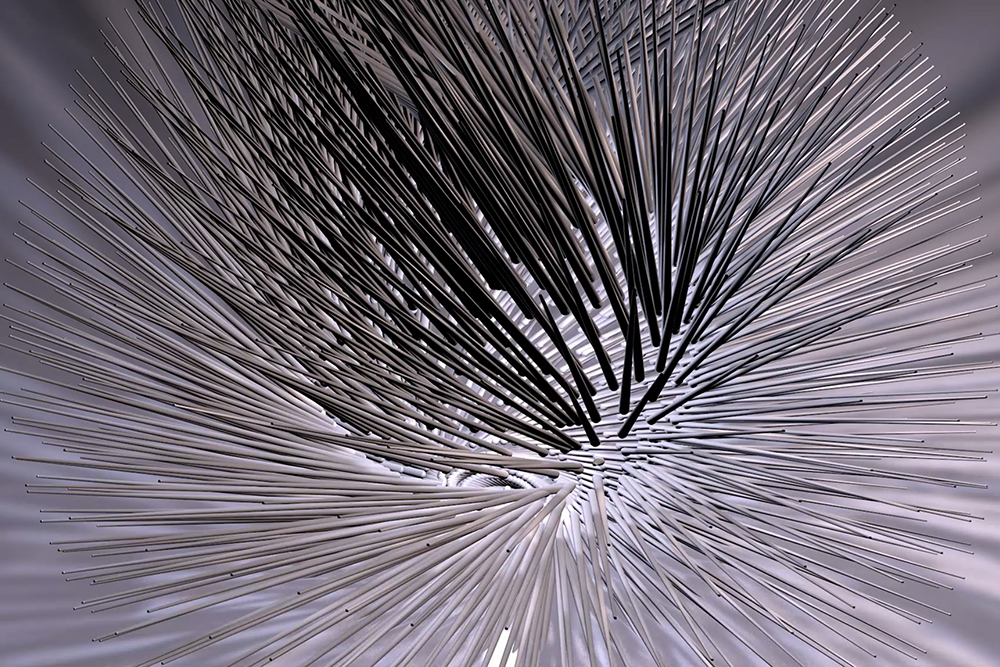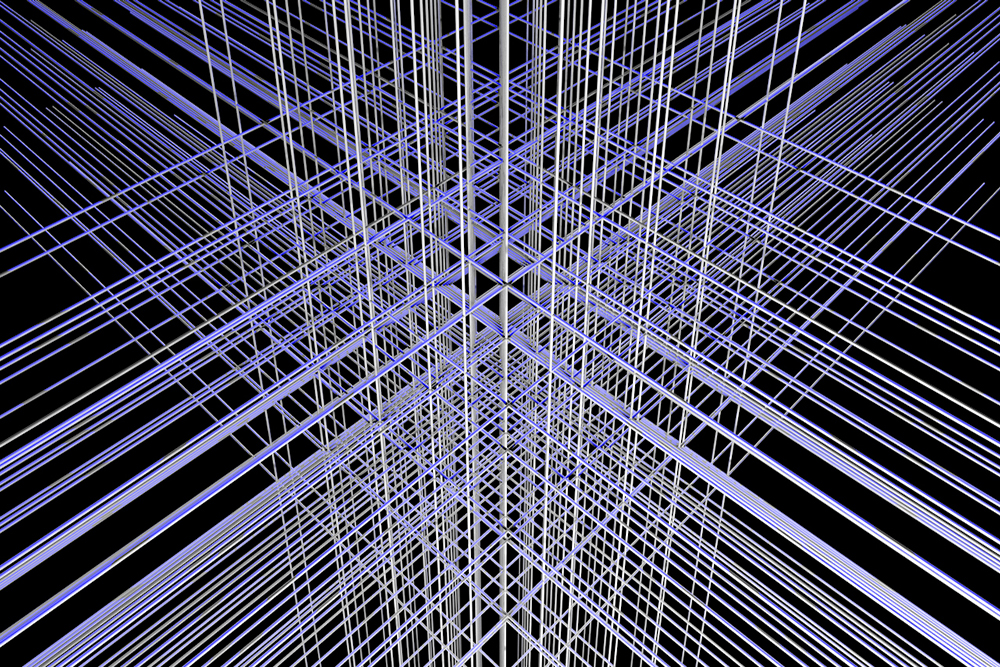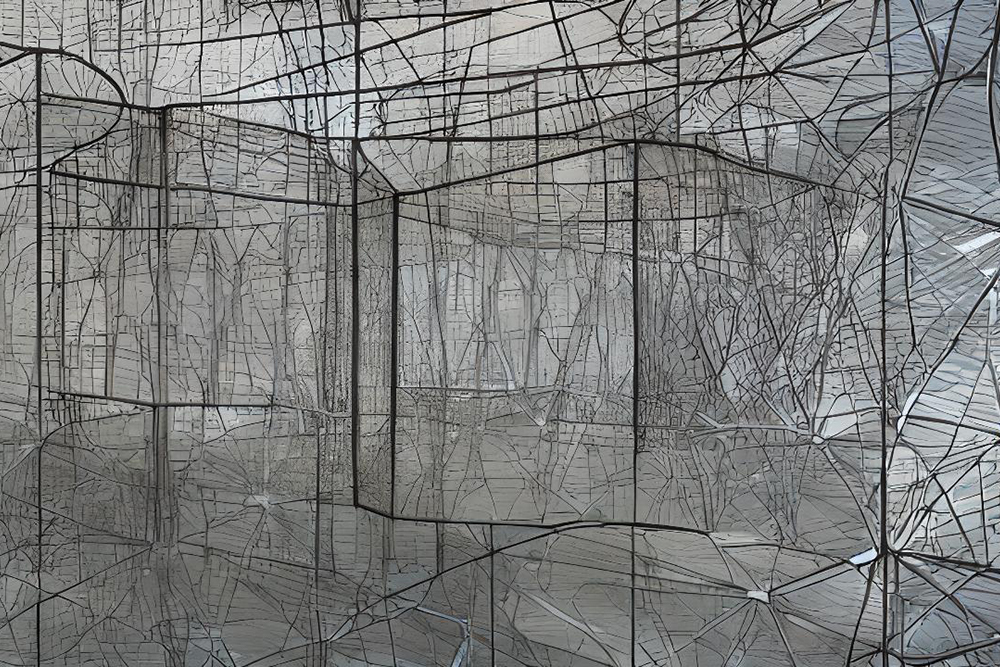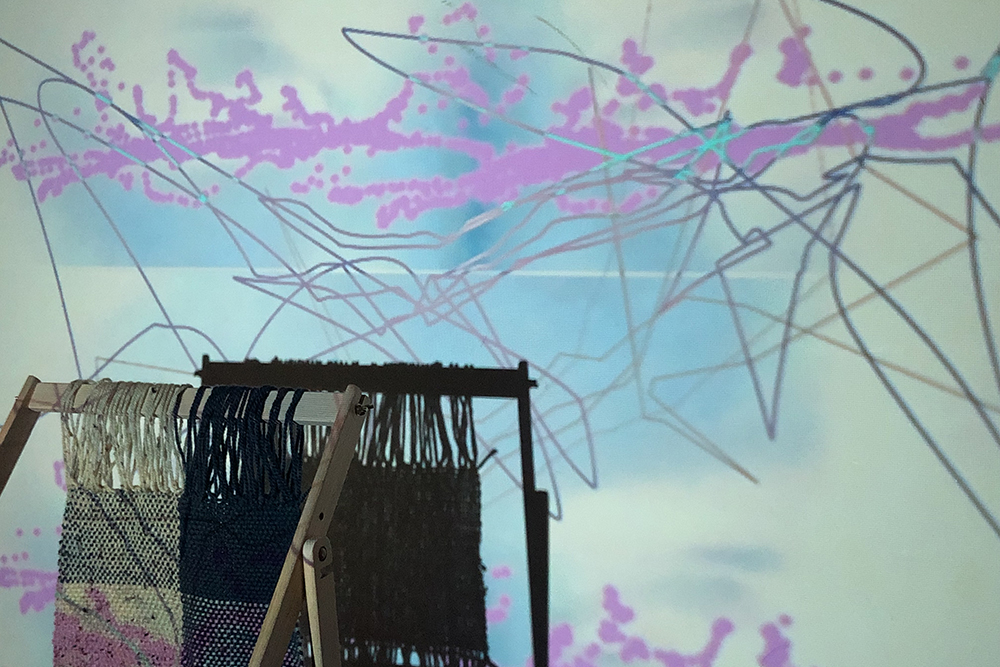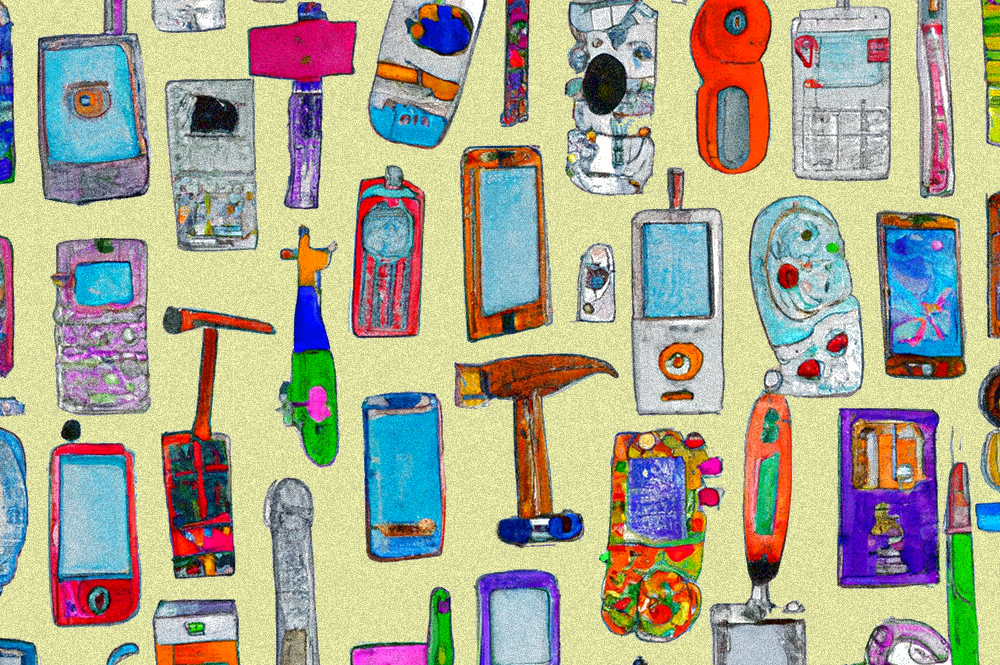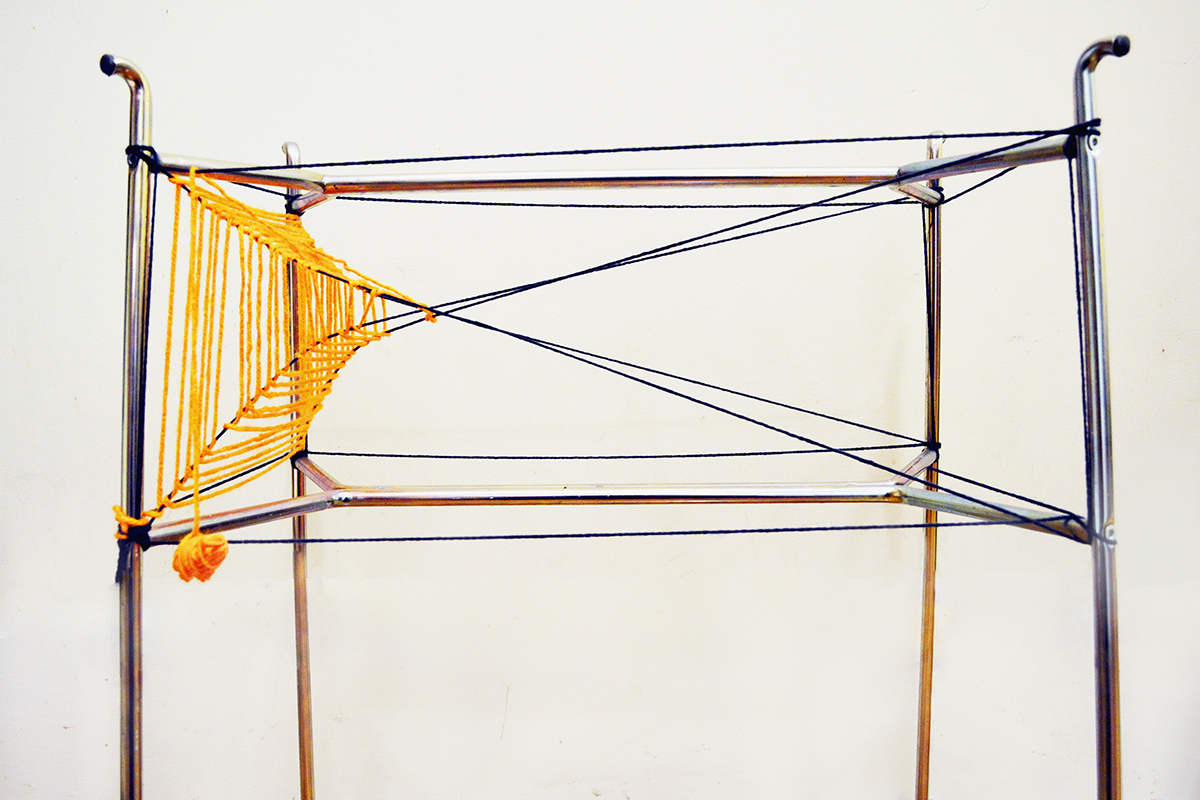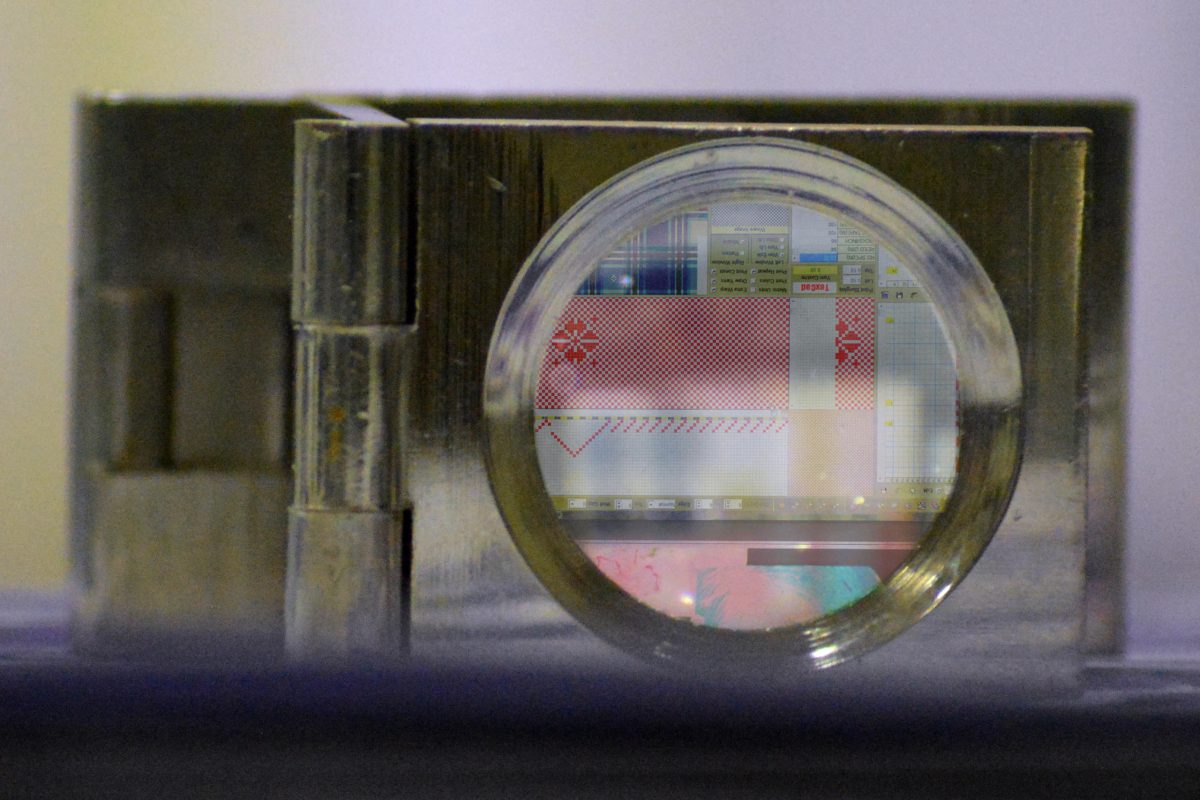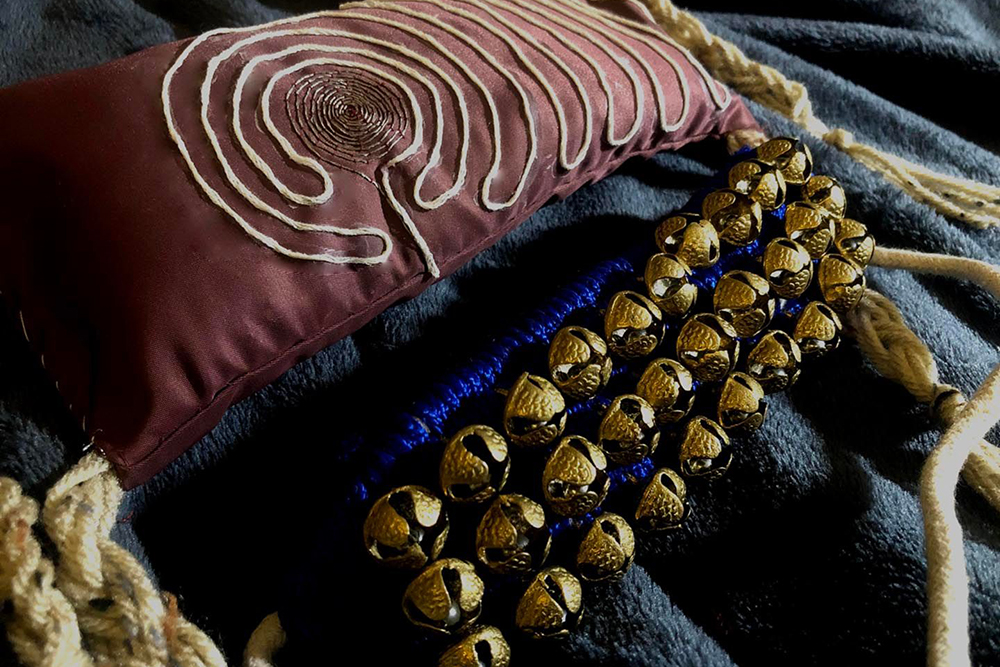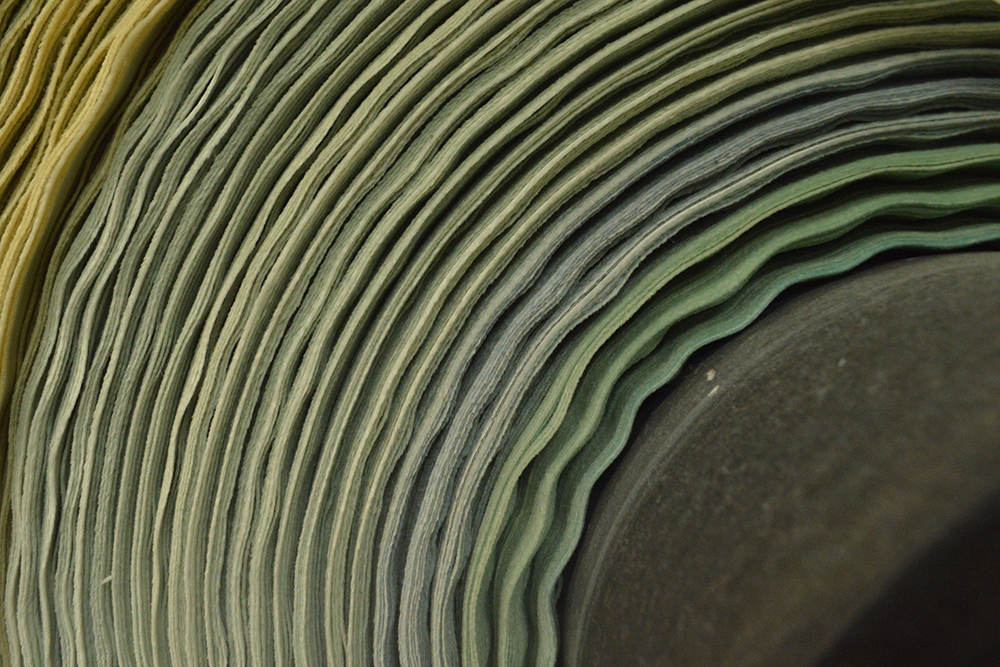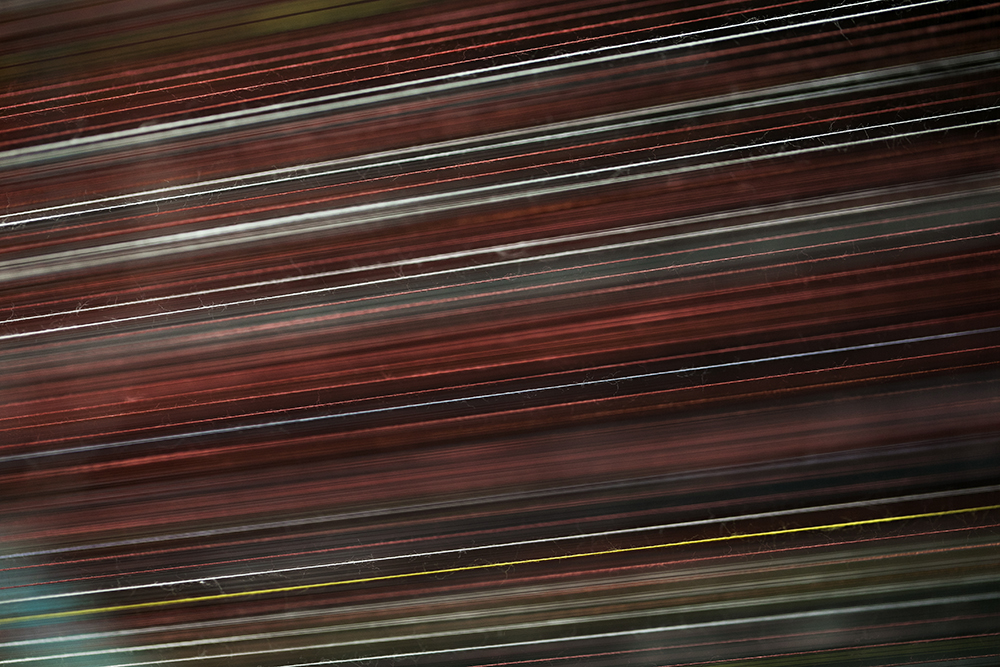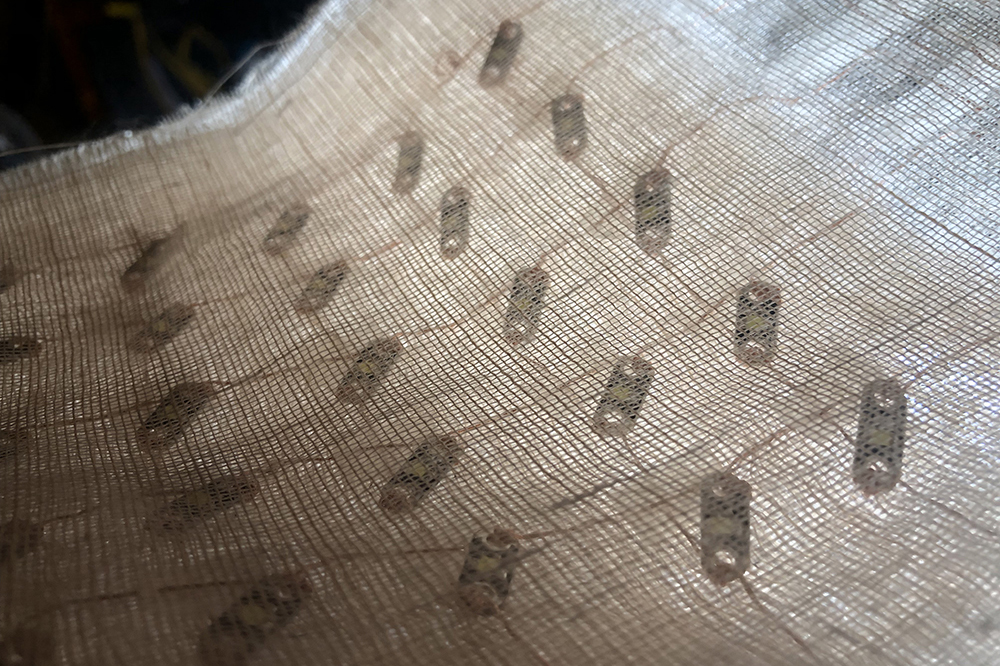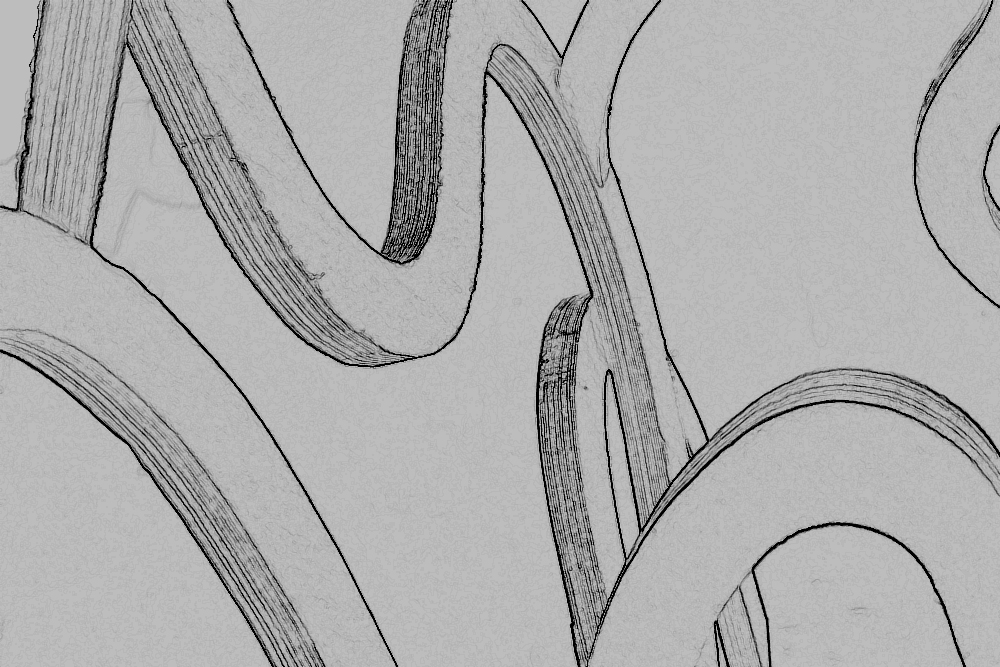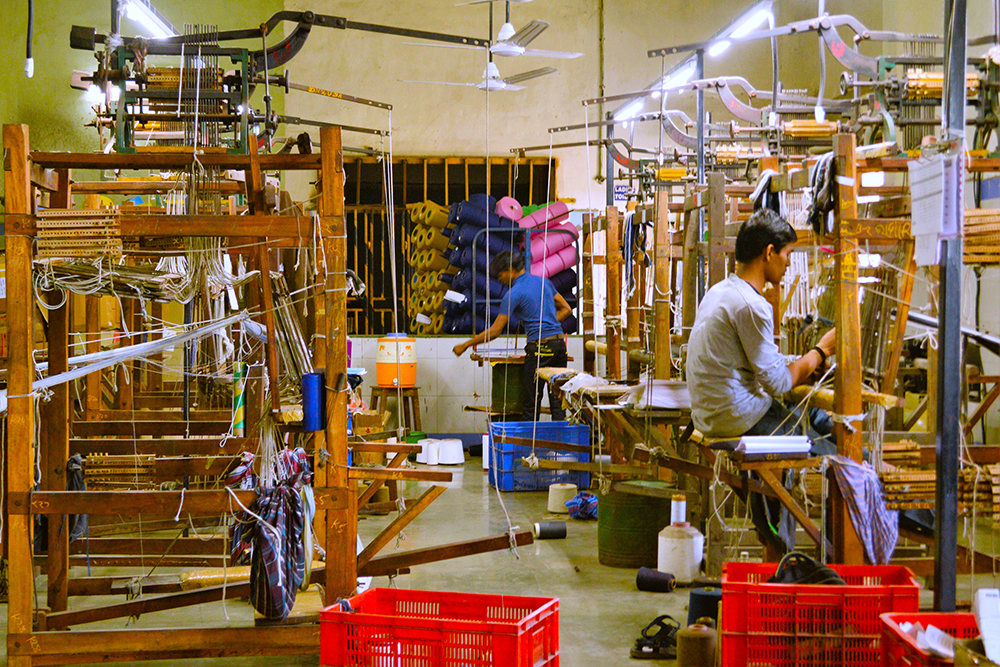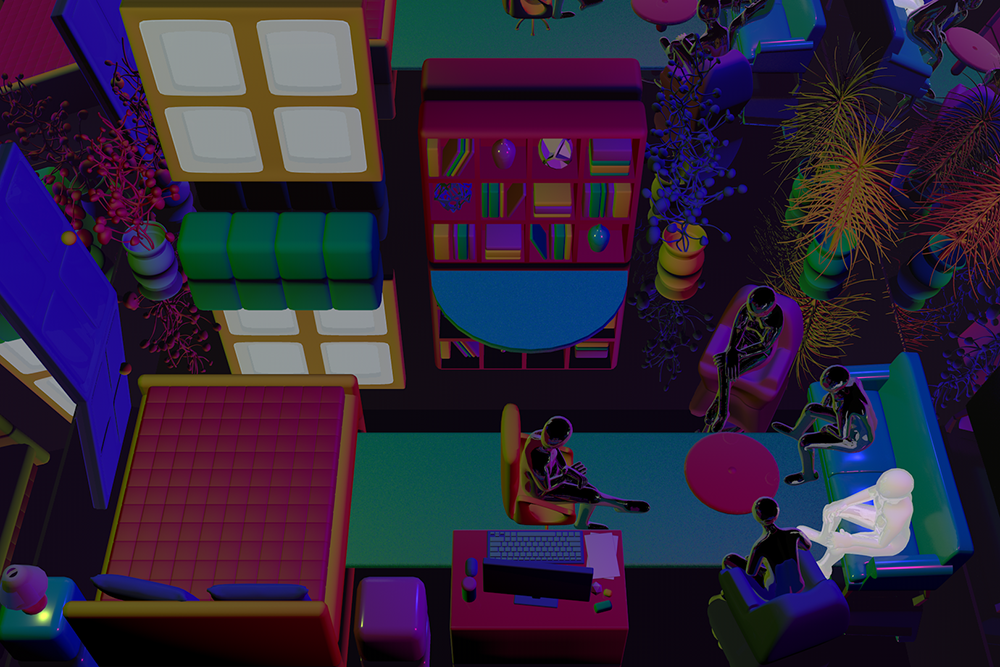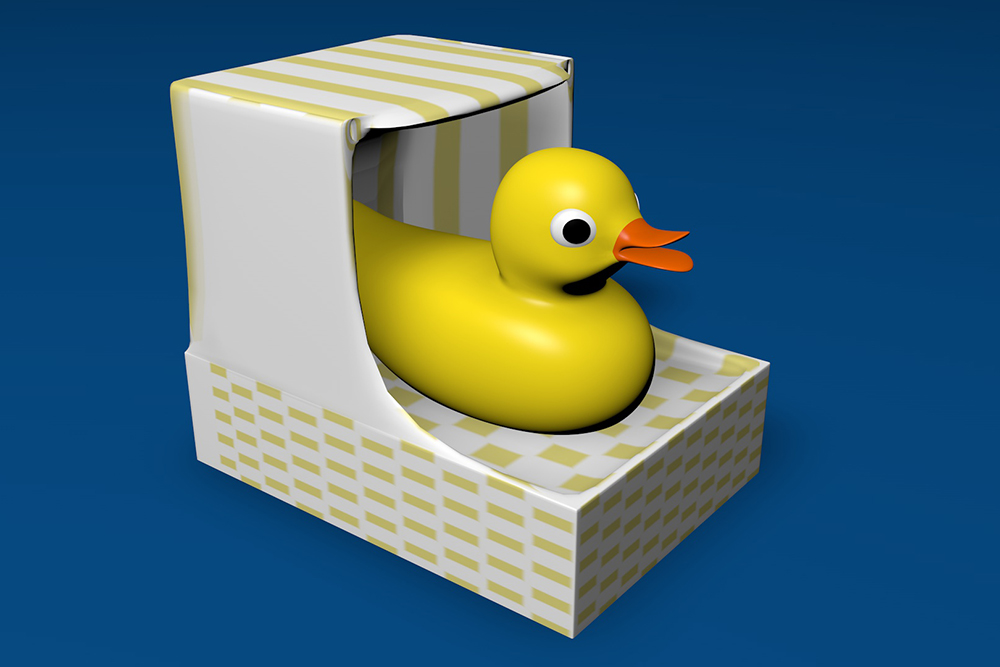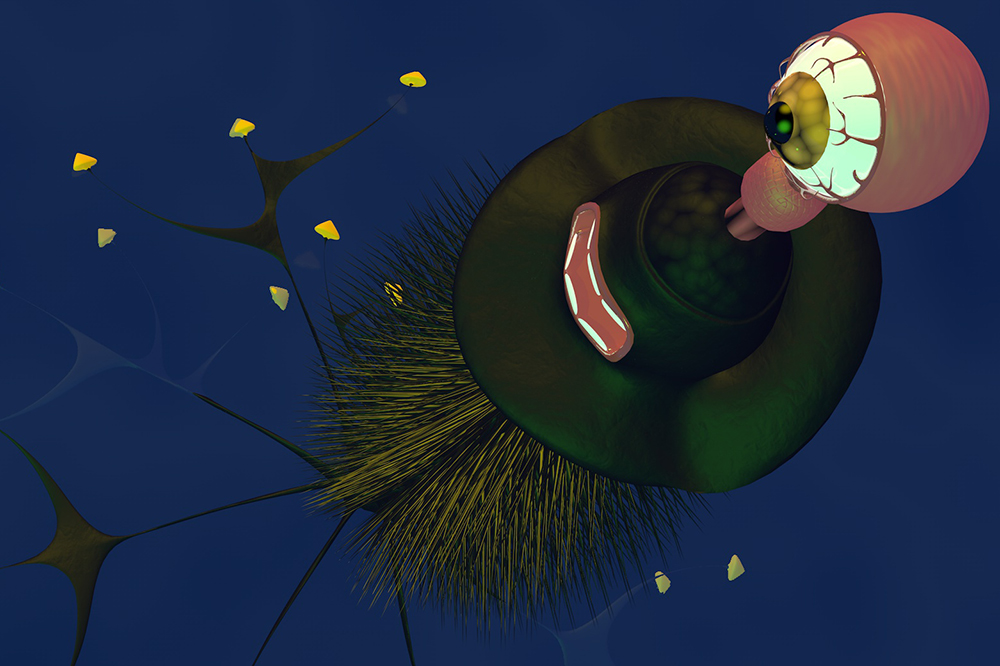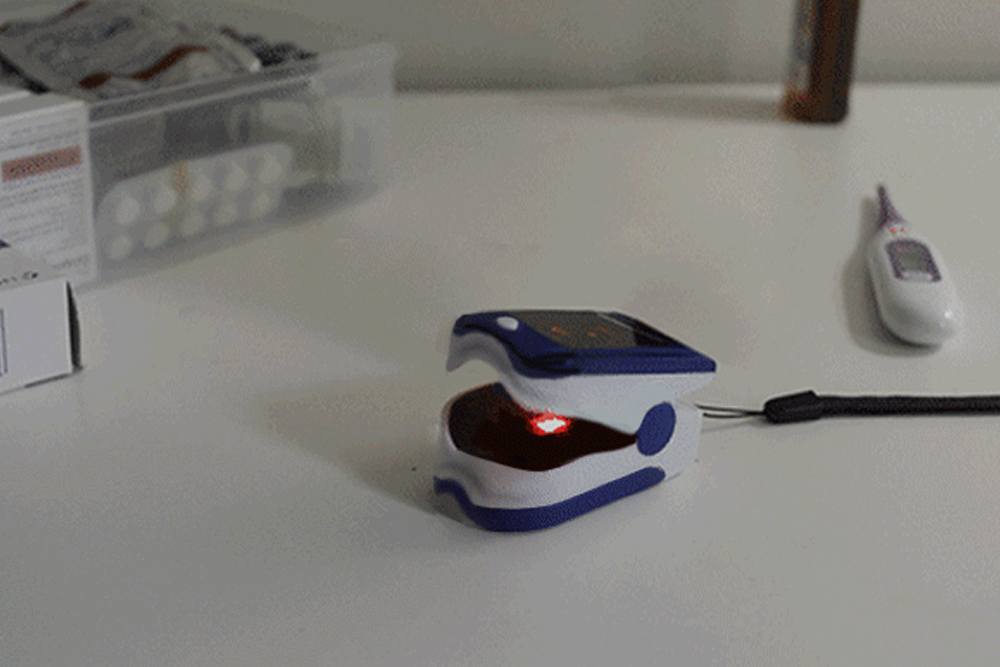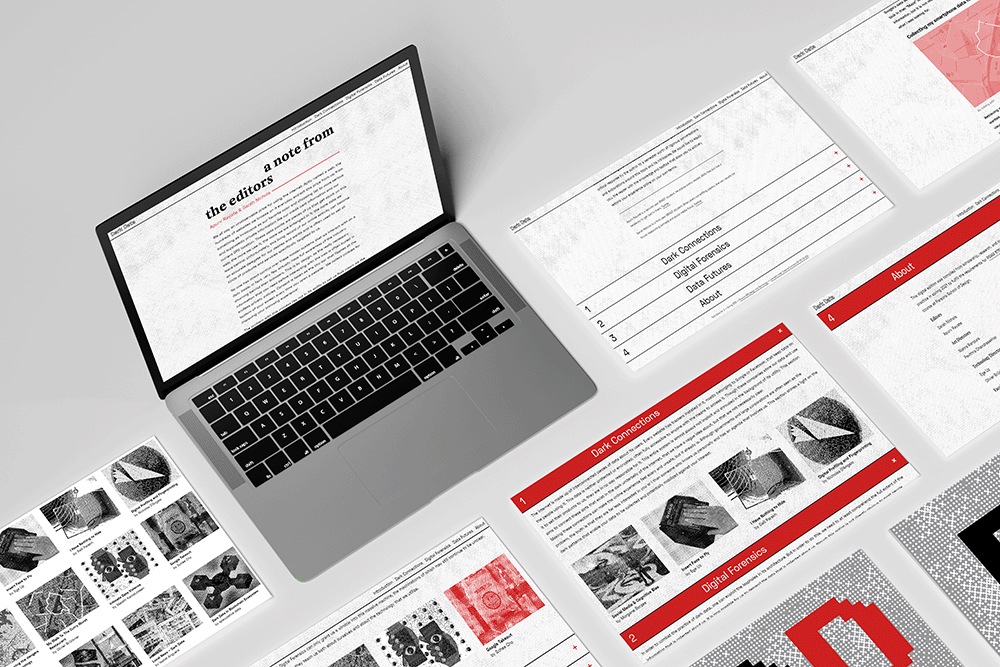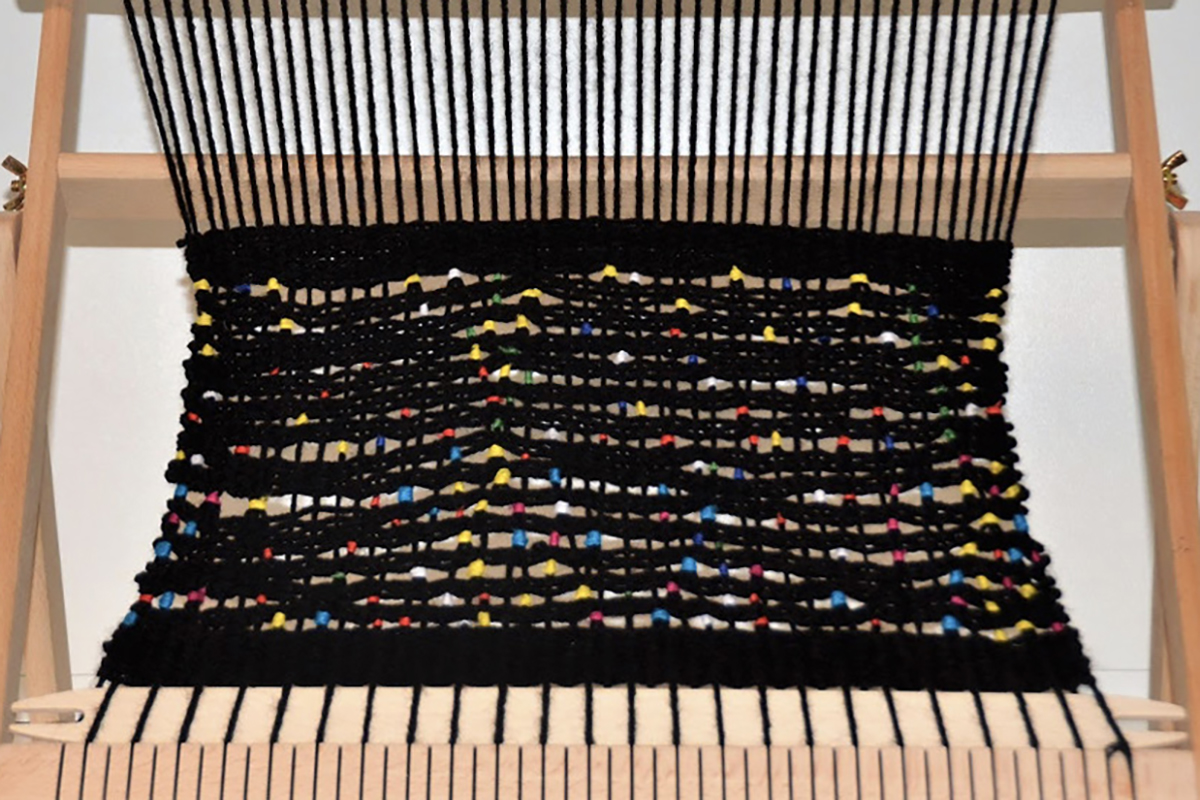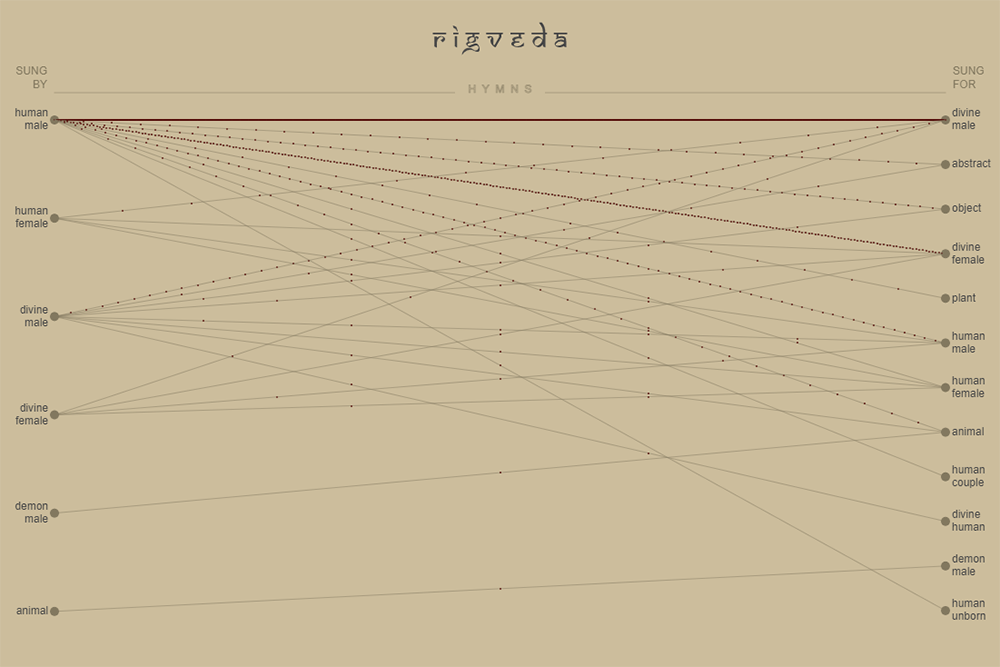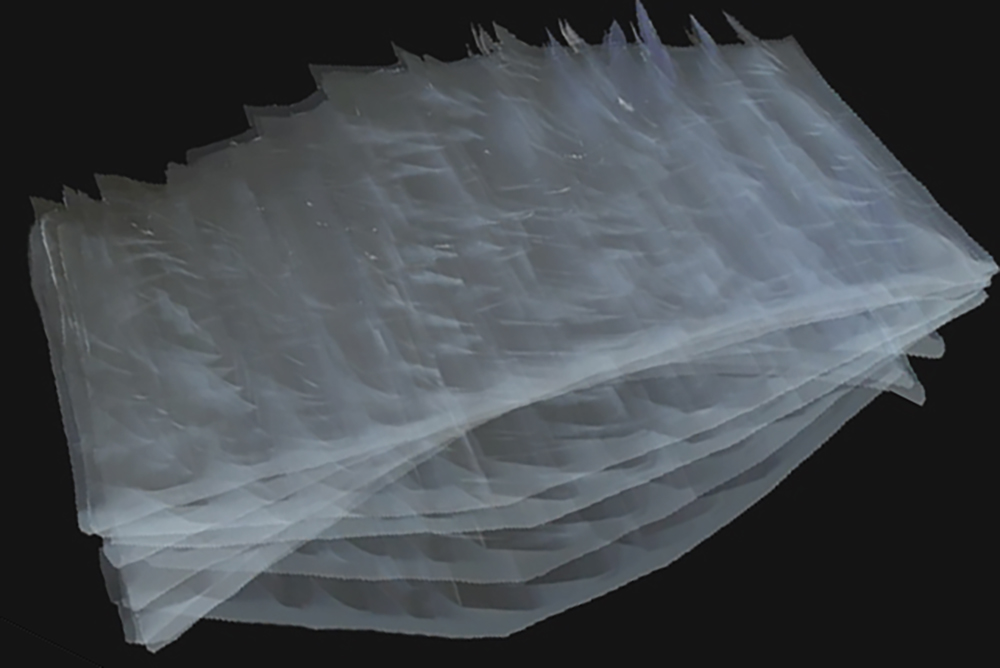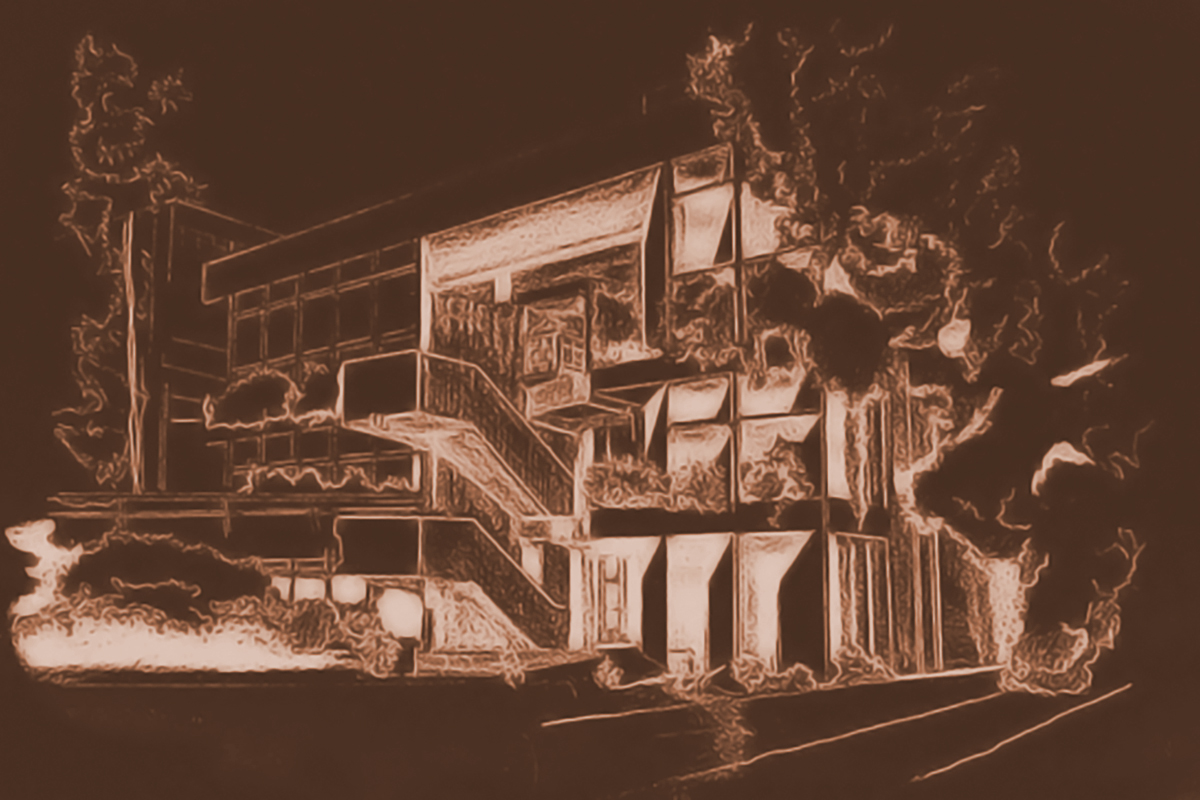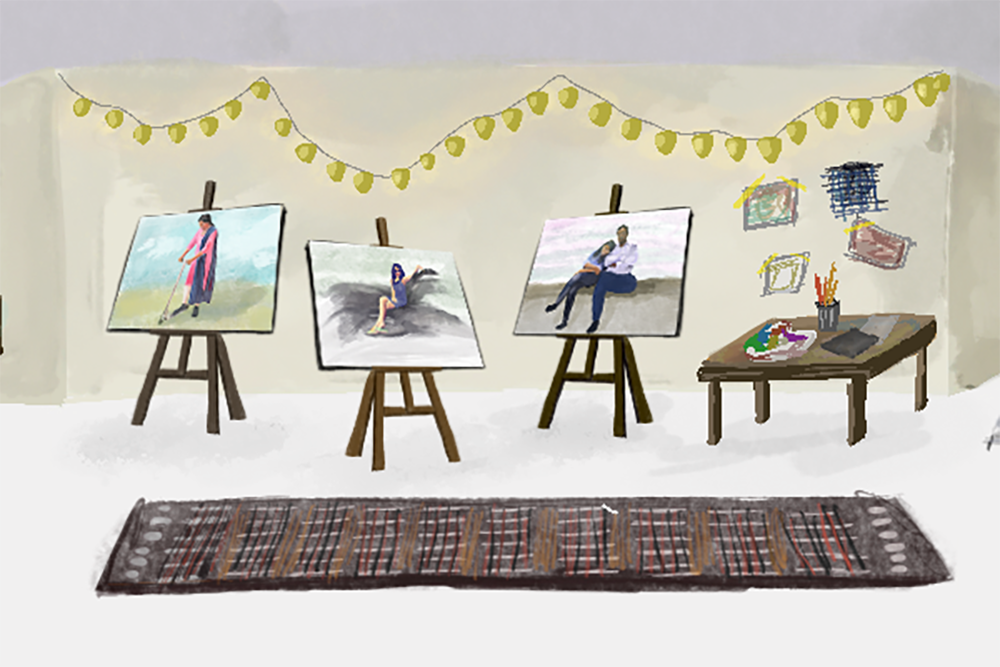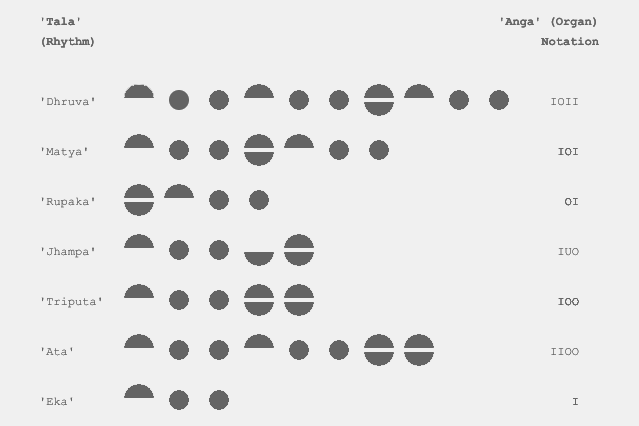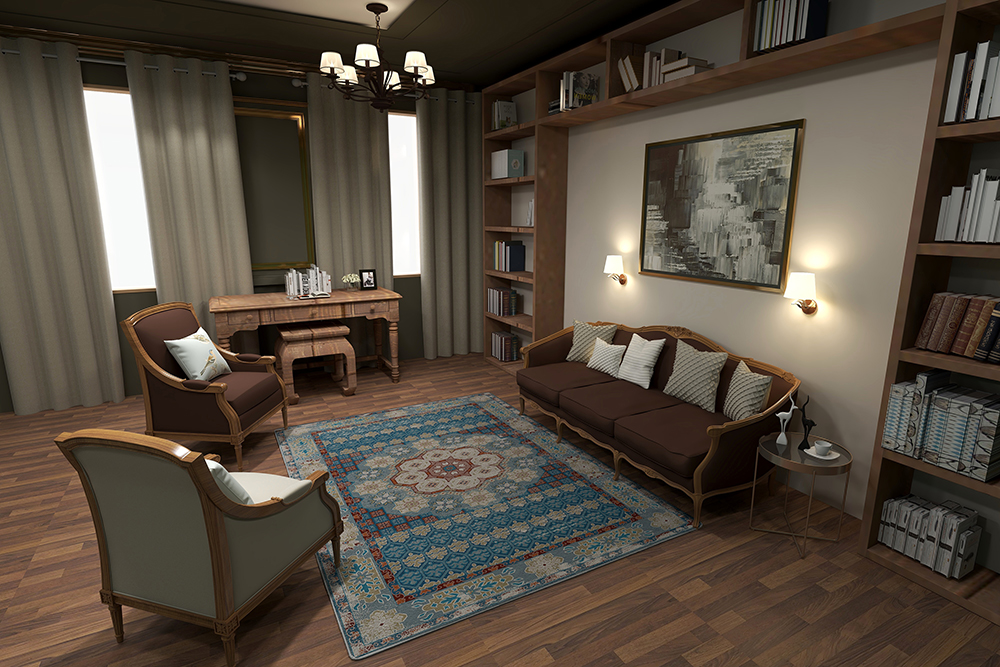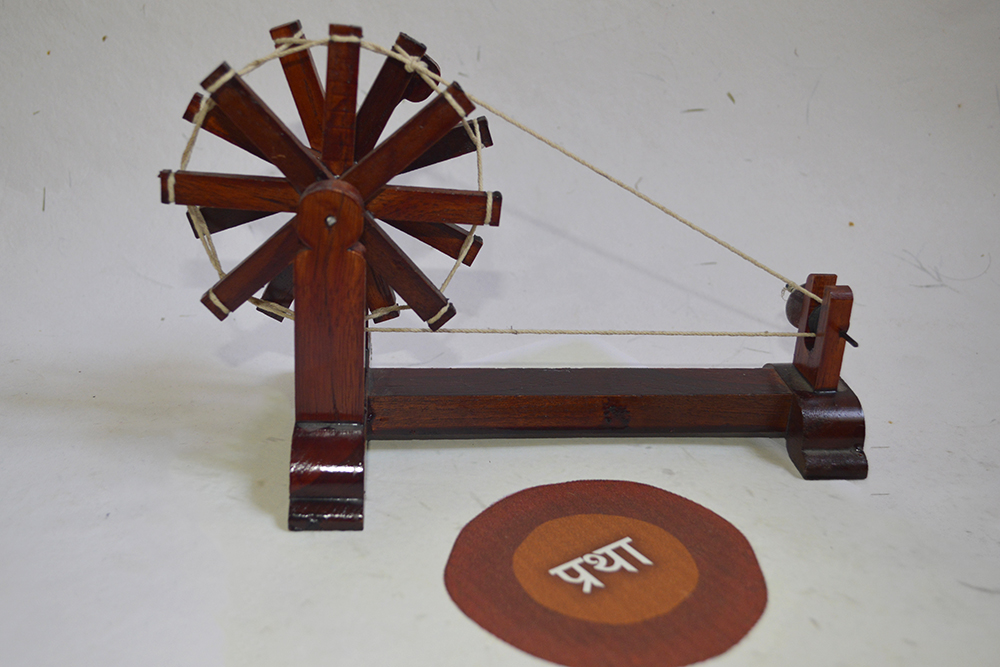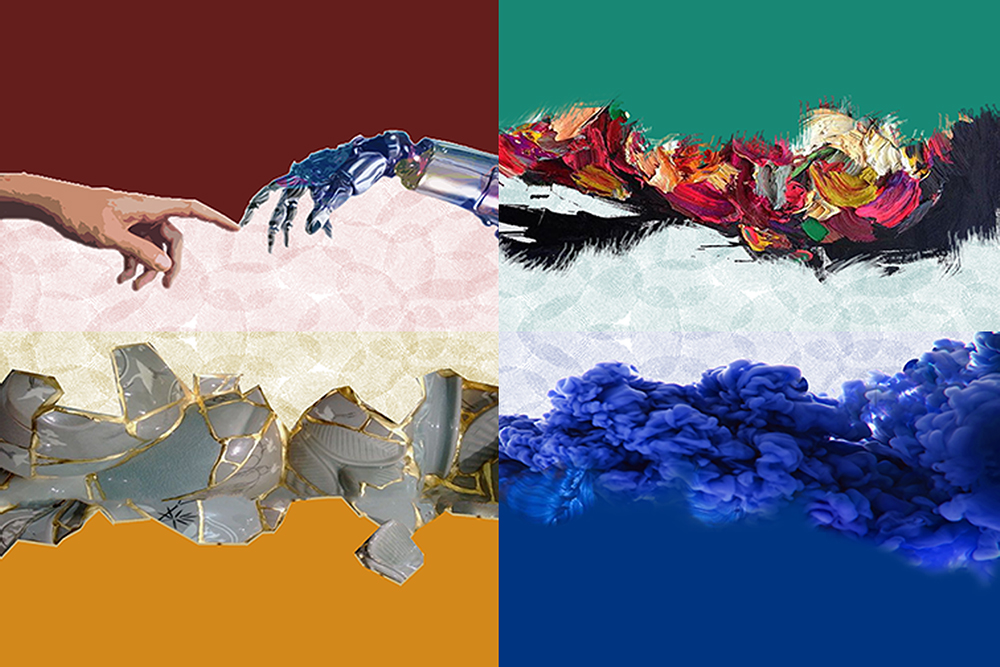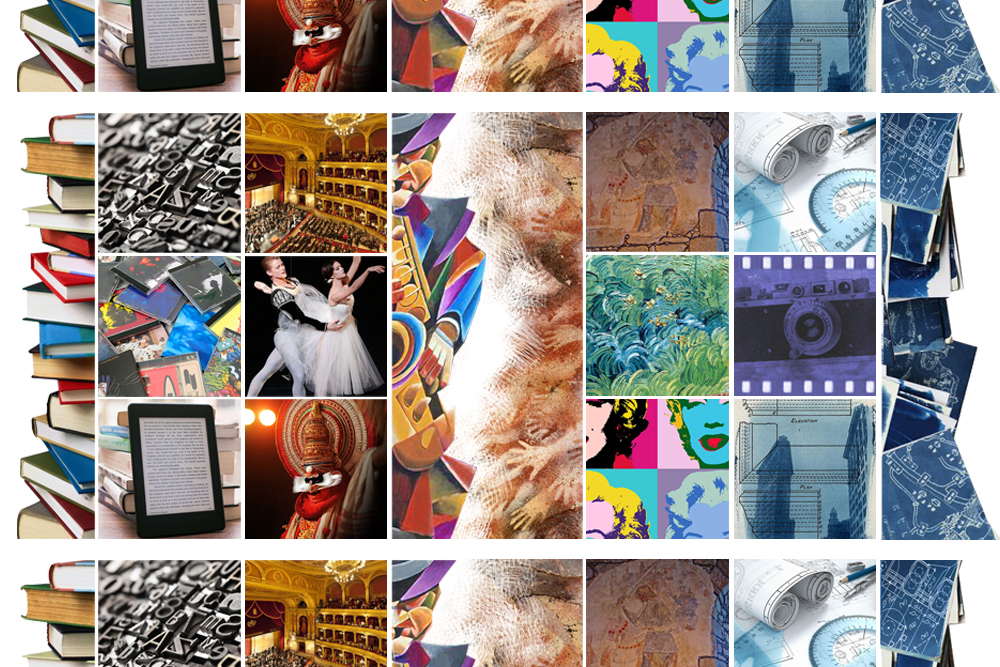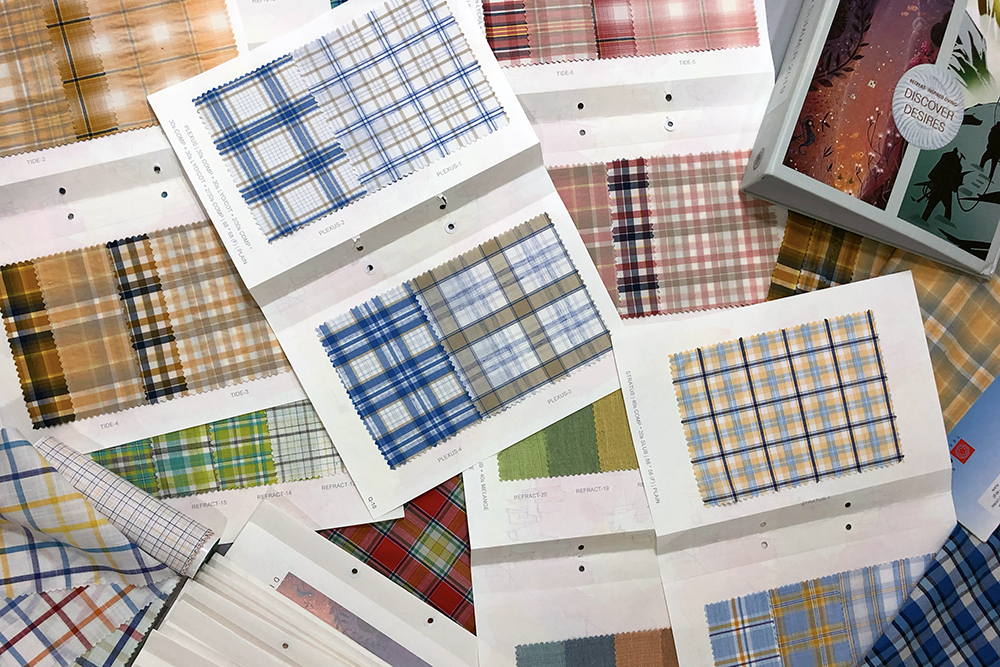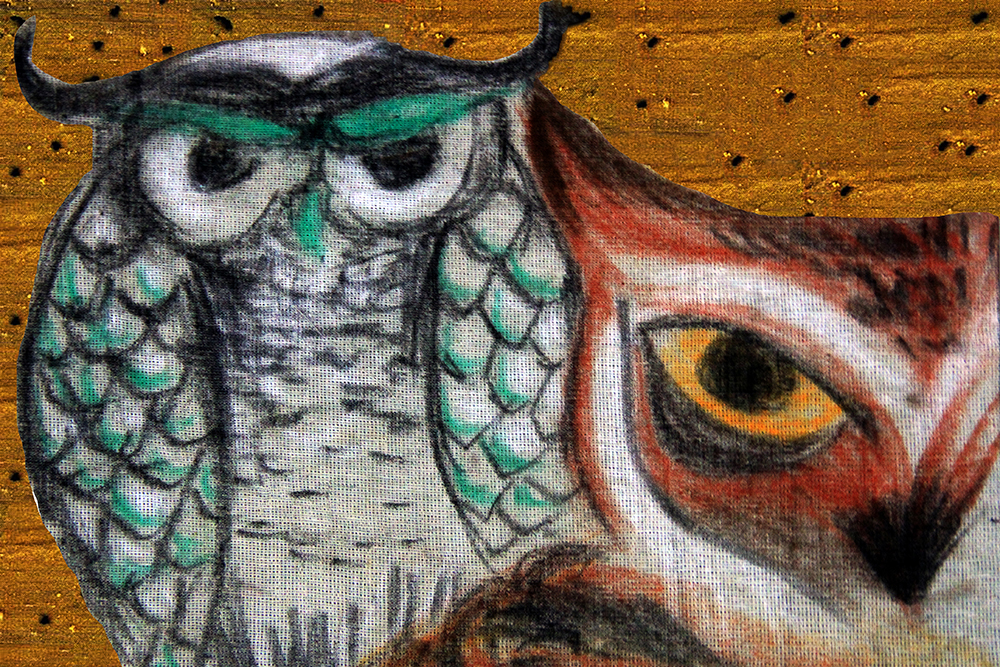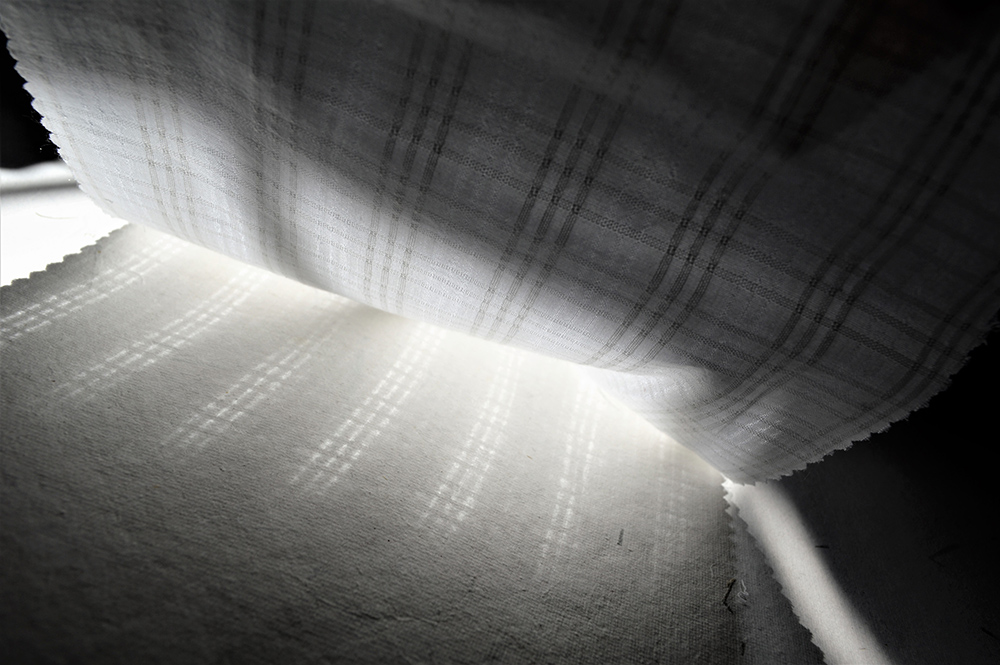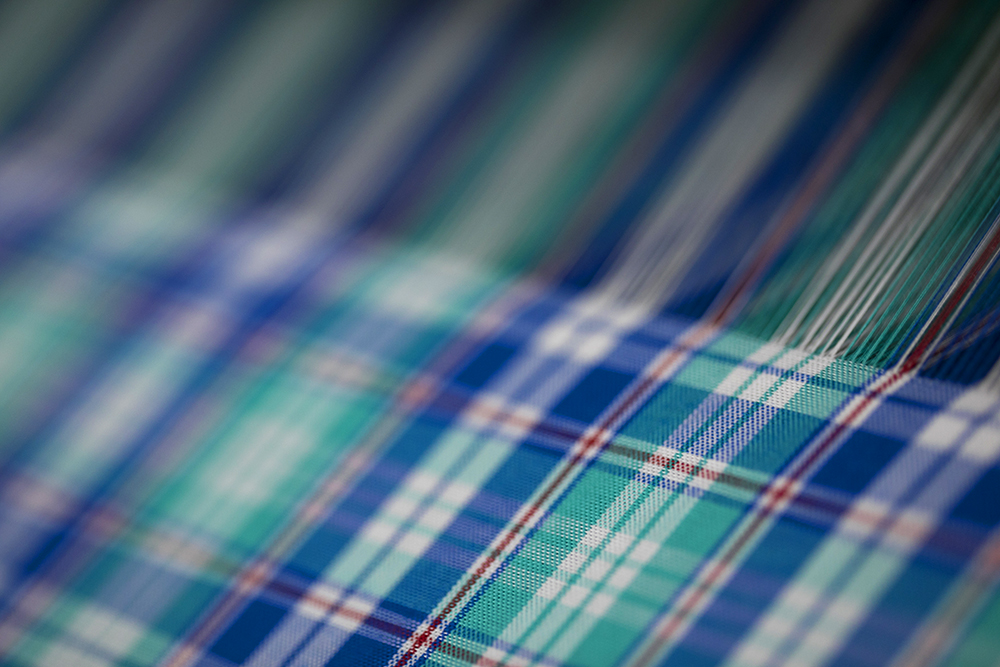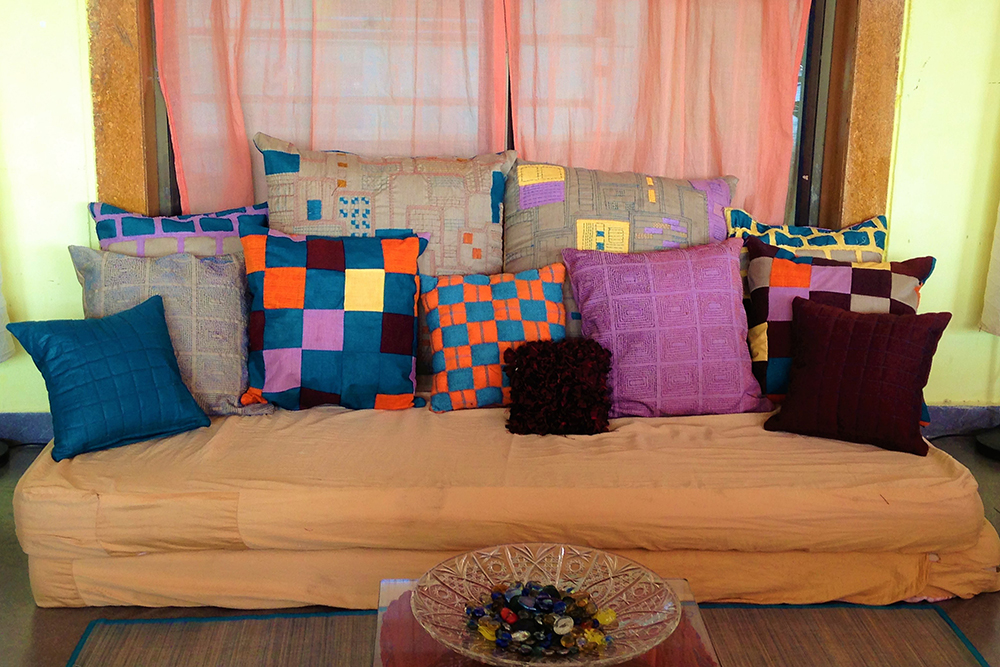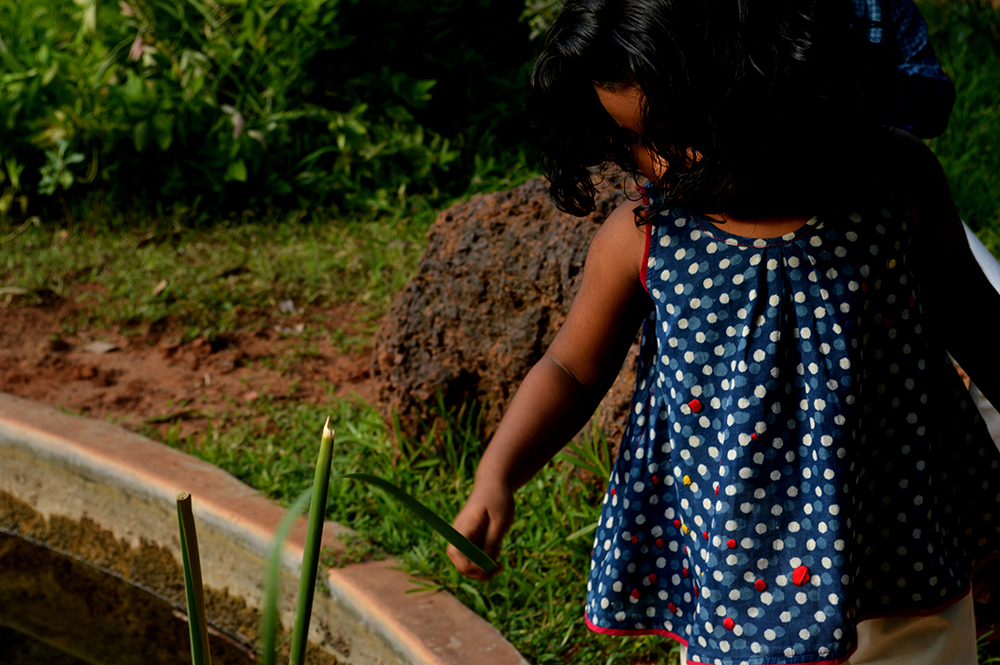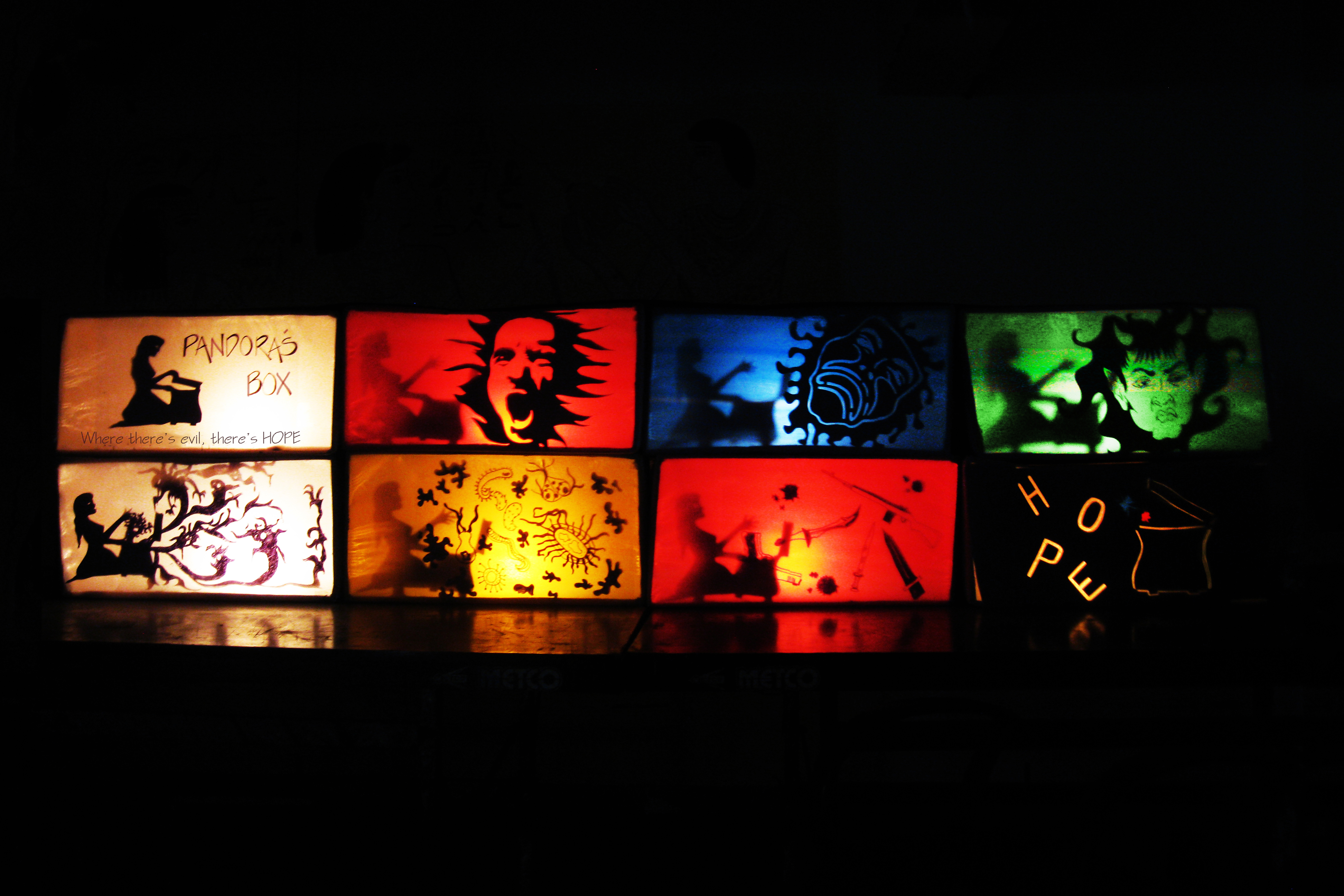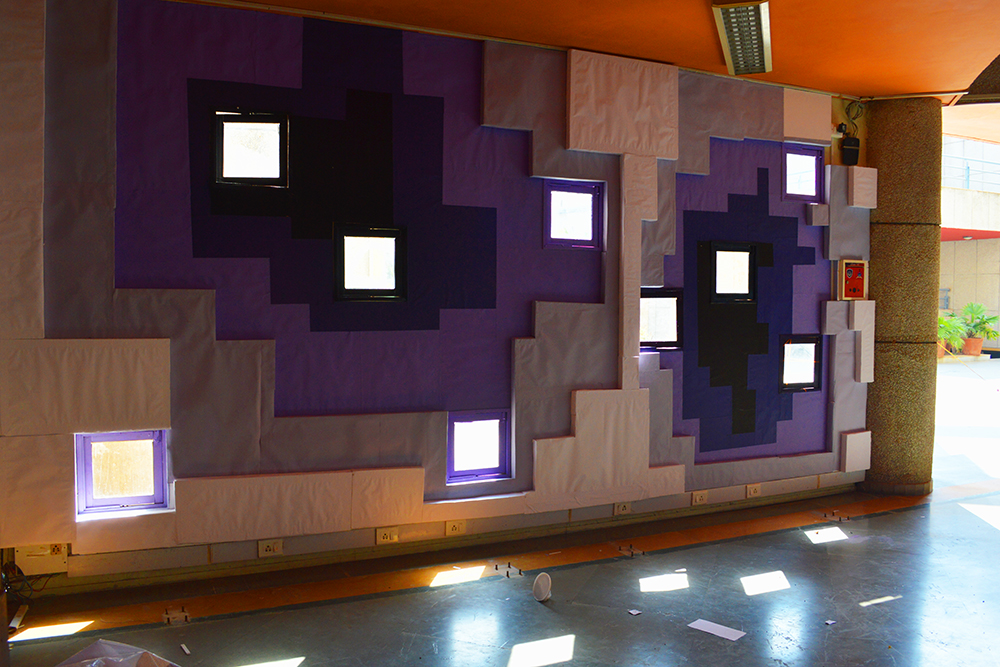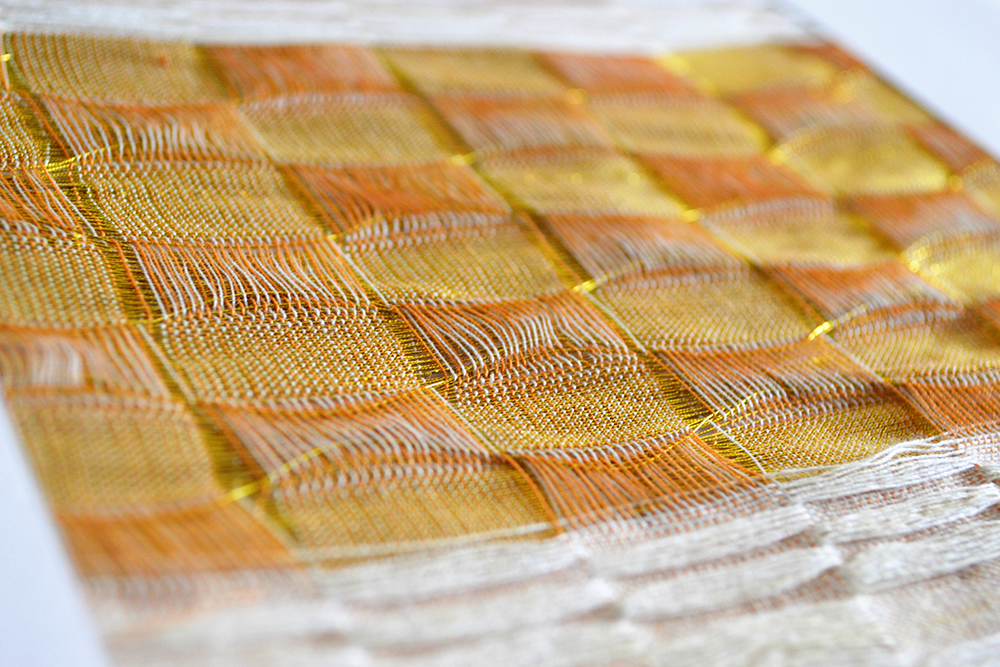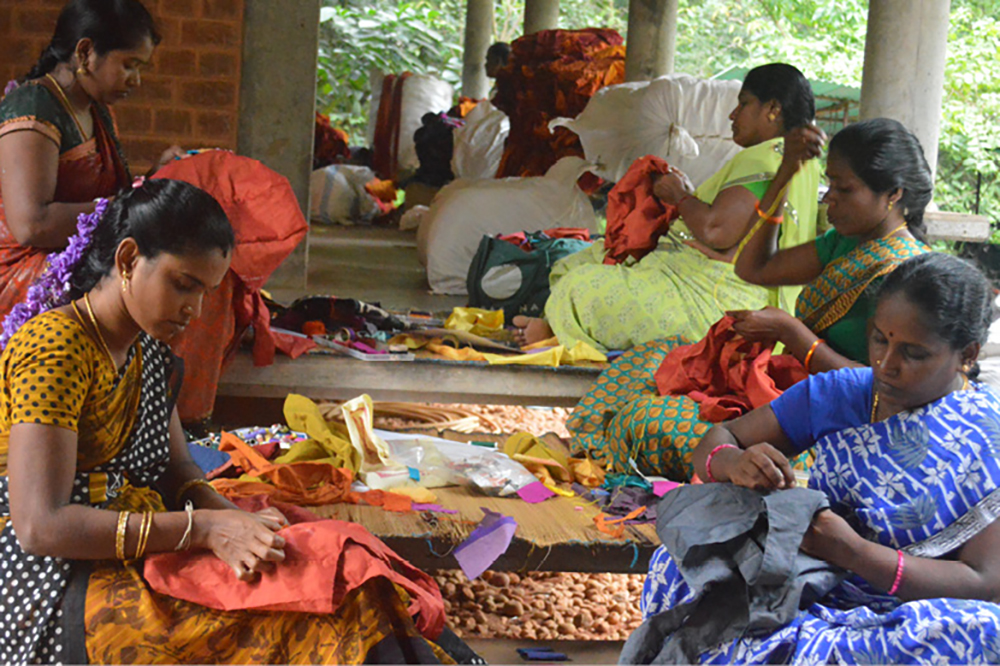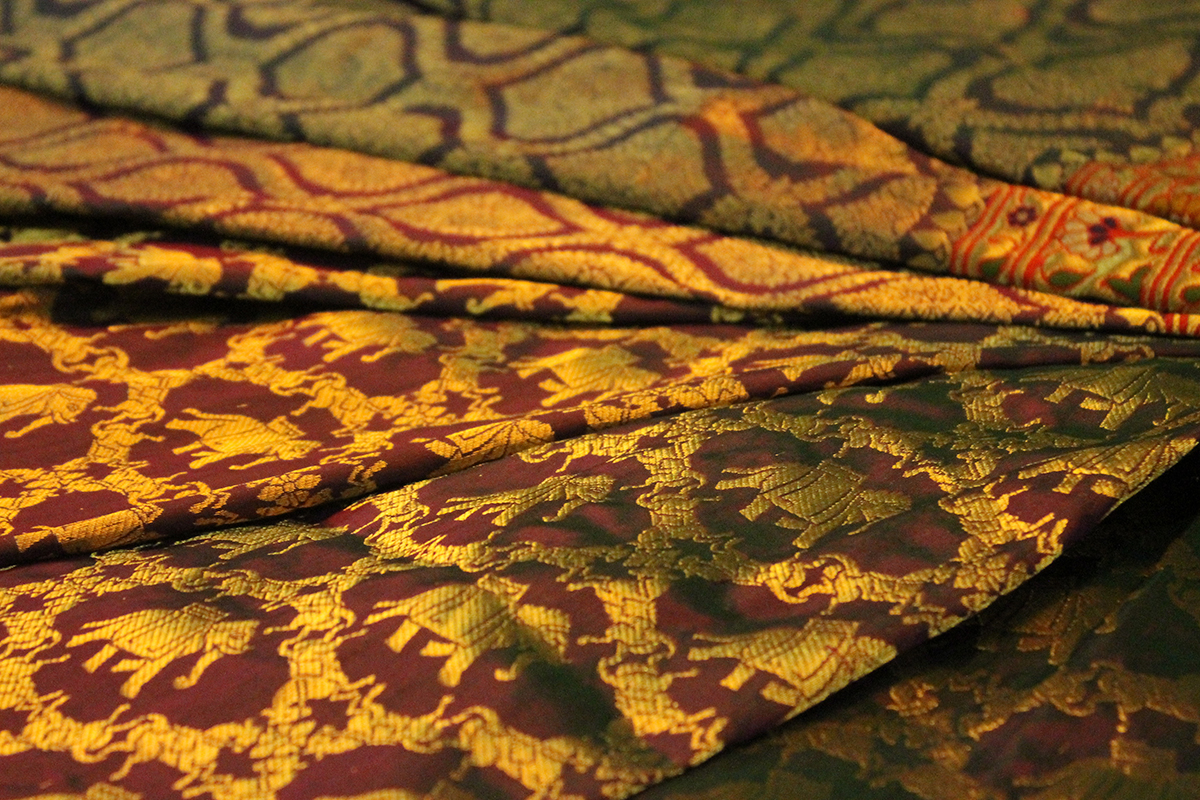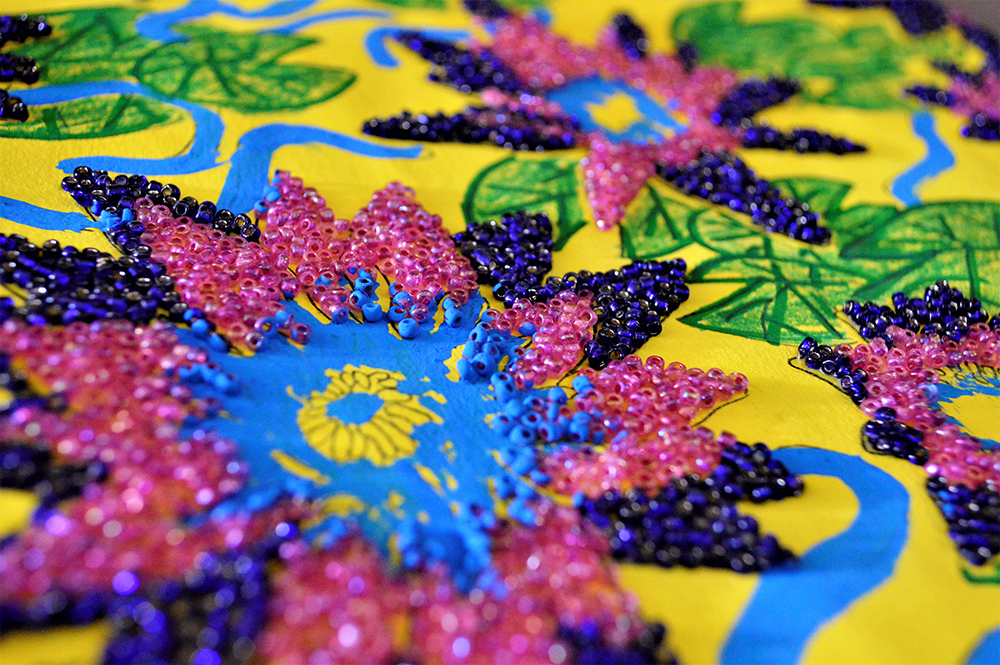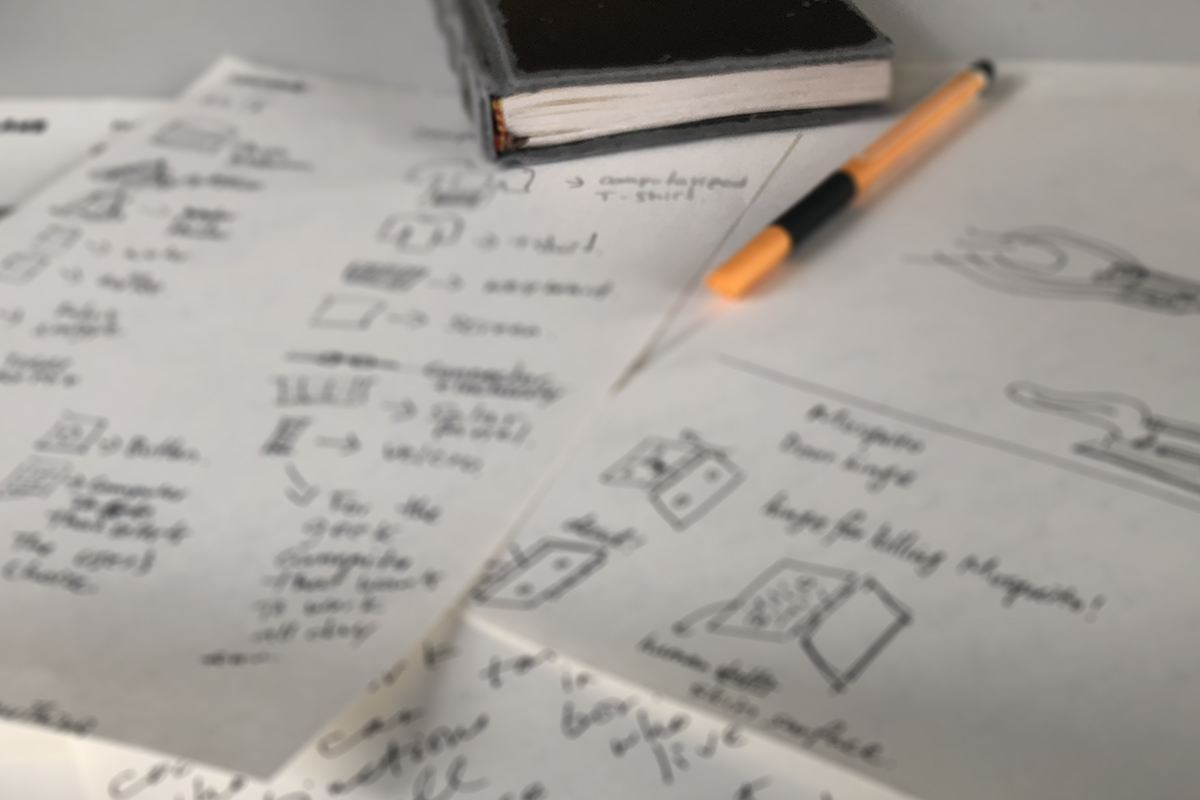SELECTED
FABRICATION
STRATEGY
WEB-DESIGN
ANIMATION
SHOWCASE
GRAPHICS
DATA-VIZ
TEACHING
WRITING
ALL
Materiality of Time: Wonderings
2022
Musings about materiality of time and temporal experiences through materials
10 min read
Role: Author
-[Fabian quoting Confessions, Book XI in his book, Time and the other]
-[George Kubler in ‘The Shape of Time: Remarks on the History of Things’]
- 1. Bailey, Geoff. “Time Perspectives, Palimpsests and the Archaeology of Time.” Journal of Anthropological Archaeology 26 (2007): 198–223.
- 2. Barth, Fredrik. “An Anthropology of Knowledge.” Current Anthropology 43 (2002): 1–18.
- 3. Bradley, Richard. “Ritual, Time and History.” World Archaeology 23 (1991): 209–219.
- 4. Gell, Alfred. The Anthropology of Time: Cultural Constructions of Temporal Maps and Images. Oxford: Berg, 1996.
- 5. Gosden, Chris. Social Being and Time. London: Blackwell, 1994.
- 6. Gosden, Chris, and Yvonne Marshall. “The Cultural Biography of Objects.” World Archaeology 31 (1999): 169–178.
- 7. Ingold, Tim. “Materials against Materiality.” Archaeological Dialogues 14 (2007): 1–16.
- 8. Ingold, Tim. Perceptions of the Environment: Essays in Livelihood, Dwelling and Skill. London: Routledge, 2000.
- 9. Lucas, Gavin. The Archaeology of Time. London: Routledge, 2005.
- 10. Robb, John. The Early Mediterranean Village: Agency, Material Culture and Social Change in Neolithic Italy. Cambridge: Cambridge University Press, 2007.
- 11. Robb, John. “Time and Biography.” In Thinking through the Body: Archaeologies of Corporeality, edited by Y. Hamilakis, M. Pluciennik, & S. Tarlow, 145–163. London: Kluwer/Academic, 2002.
- 12. Robb, John, and Timothy R. Pauketat. Big Histories, Human Lives: Tackling Problems of Scale in Archaeology. Santa Fe, NM: SAR Press, 2012.
- 13. Robb, John. The Oxford Handbook of History and Material Culture. 2020.
- 14. Shryock, Andrew, and Daniel Lord Smail. Deep History: The Architecture of Past and Present. Berkeley: University of California Press, 2011.
- 15. Tilley, C. The Materiality of Stone. Oxford: Berg, 2004.
